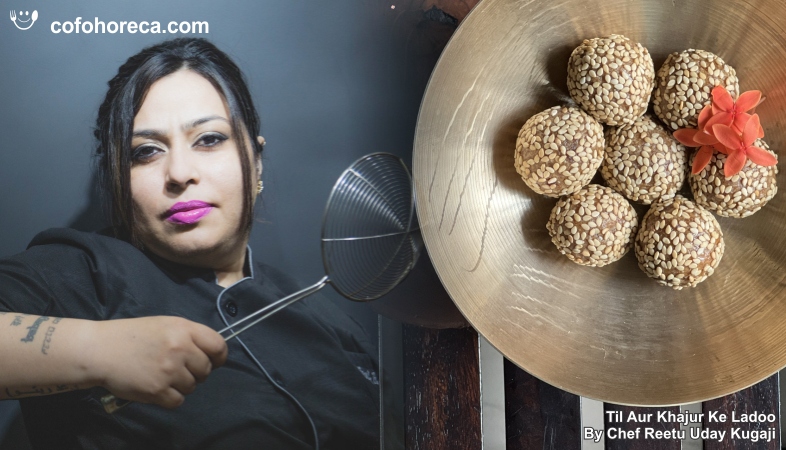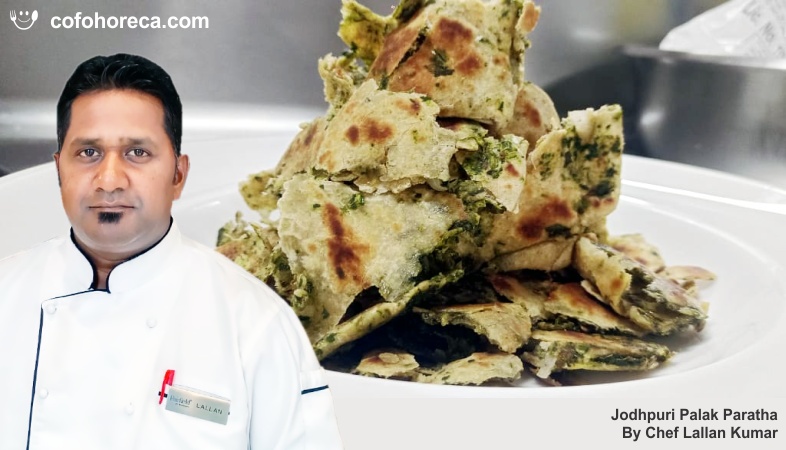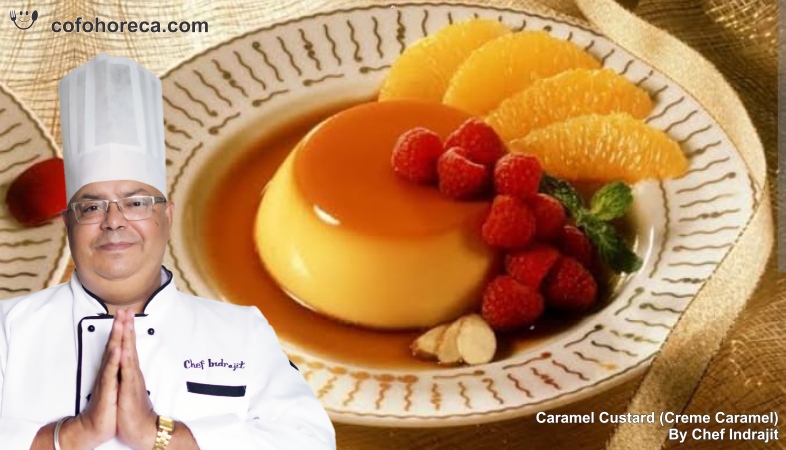SHARE
Commercials
More Posts
Mar 13, 2025
Til Aur Khajur Ke Ladoo - By Chef Reetu Uday Kugaji
May 04, 2025
Jodhpuri Palak Paratha - By Chef Lallan Kumar
Jun 16, 2025
The Importance of Ventilated Spaces in Restaurants
May 30, 2025
The Impact of Temperature and Humidity on Baking
Mar 17, 2025
Caramel Custard (Creme Caramel) - By Chef Indrajit
Mar 13, 2025
Til Aur Khajur Ke Ladoo - By Chef Reetu Uday Kugaji
May 04, 2025
Jodhpuri Palak Paratha - By Chef Lallan Kumar
Jun 16, 2025
The Importance of Ventilated Spaces in Restaurants
May 30, 2025
The Impact of Temperature and Humidity on Baking
Mar 17, 2025
.png)




























